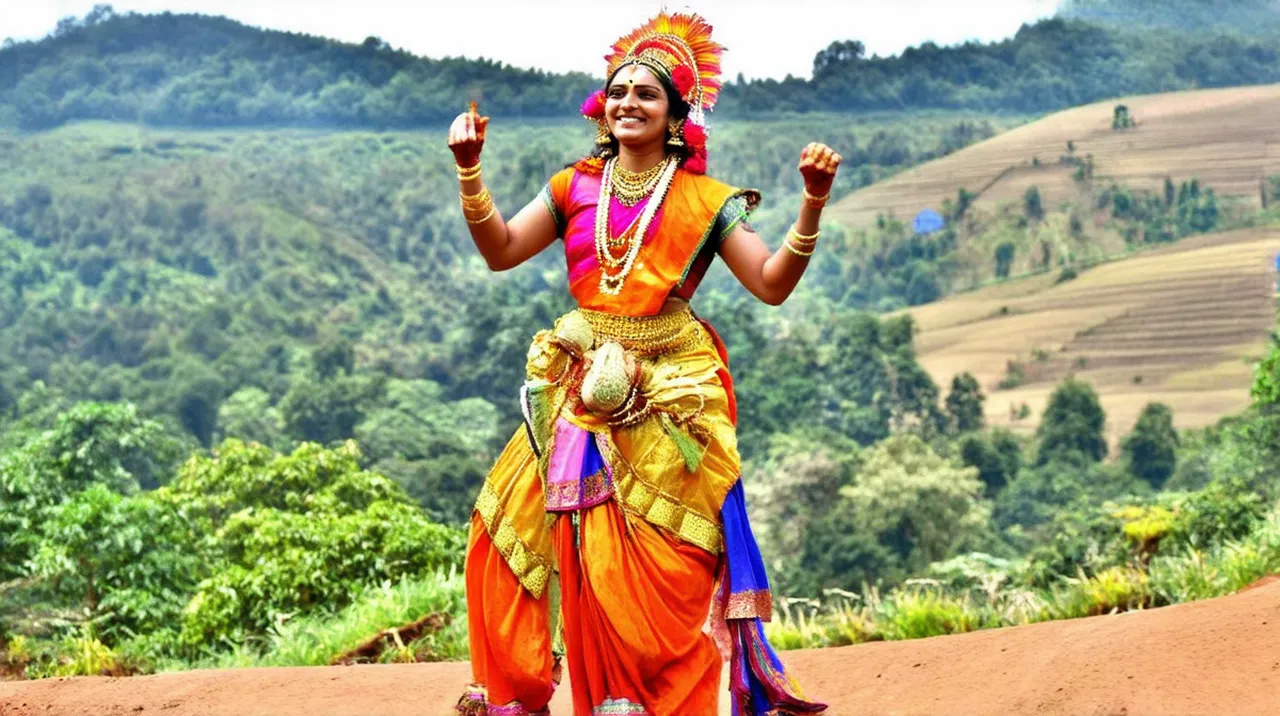
Ooty Culture: Discovering the Heart of Udhagamandalam
Table of Contents
Ooty Culture: Discovering the Heart of Udhagamandalam
Ooty, known as Udhagamandalam, is a picturesque hill station nestled in the Nilgiri Hills of Tamil Nadu, India. Renowned for its lush landscapes, pleasant climate, and rich cultural heritage, Ooty culture offers a fascinating blend of history, traditions, and communal harmony. In this article, we will explore the vibrant elements of Ooty’s culture, from local festivals and culinary delights to unique art forms and historical Landmarks. Whether you’re a culture enthusiast or a curious traveler, Ooty’s rich cultural tapestry will surely captivate your heart and mind as you experience the essence of this charming hill station.
Want to find the best travel deals for this destination? personalized adventure planner with our adventure planning specialist!
1. Understanding the Historical Roots of Ooty Culture
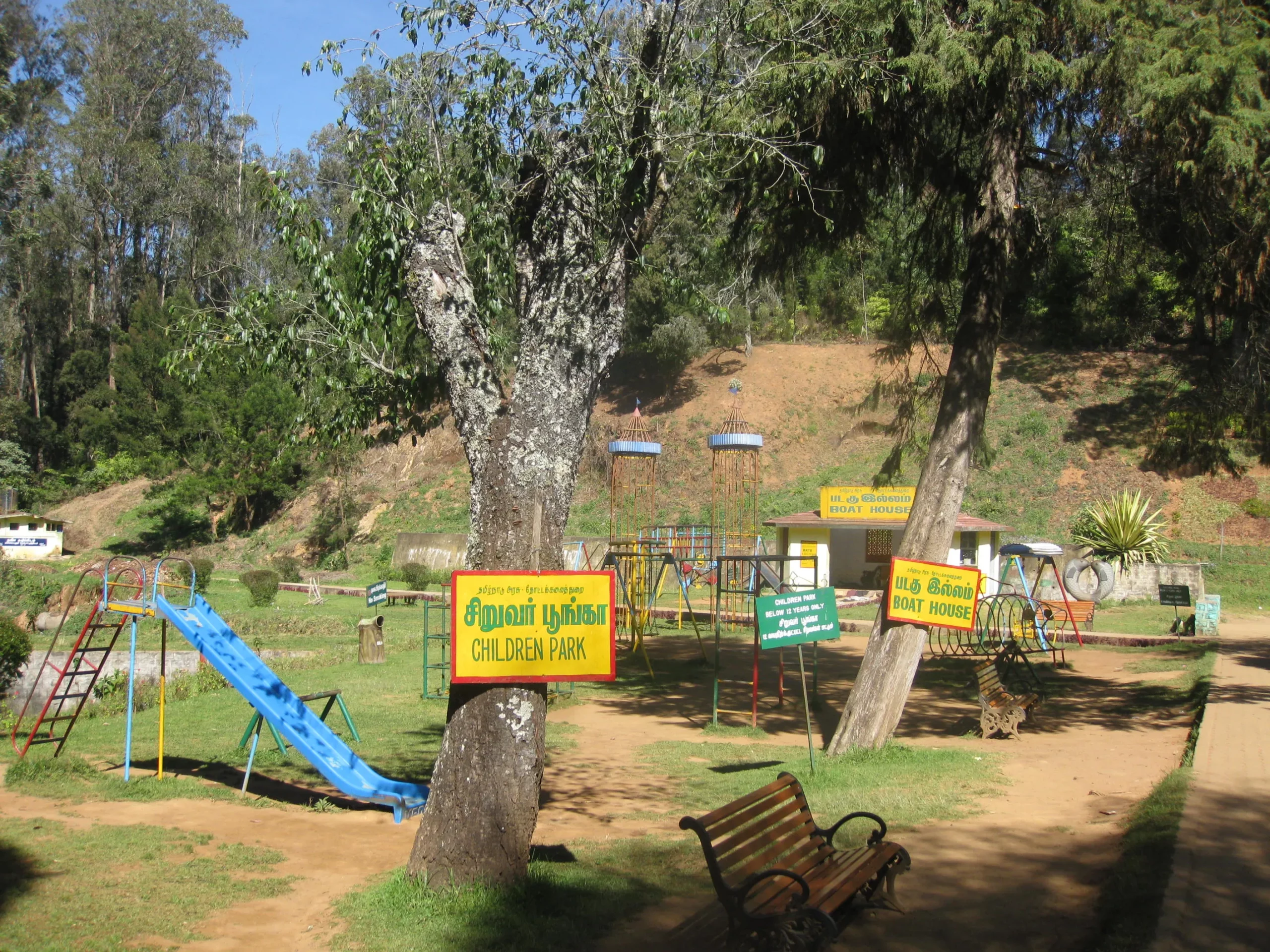
The culture of Ooty, or Udhagamandalam, is steeped in a rich historical backdrop that dates back to the ancient times. Initially inhabited by the Toda tribe, its significance grew when the British recognized the region’s climate and began to develop it as a hill station. Consequently, the British Raj left an indelible mark on the local culture, intertwining it with indigenous practices and traditions.
As you explore Ooty, you’ll notice the diverse influences from various ethnic groups coexisting harmoniously. For instance, the Toda tribe contributes significantly, and the remnants of the colonial era can be observed through architecture and customs. Moreover, the cultural evolution continues to thrive, making Ooty a melting pot of heritage that reflects the narratives of all its inhabitants.
2. Celebrating Festivals: The Joyous Spirit of Udhagamandalam
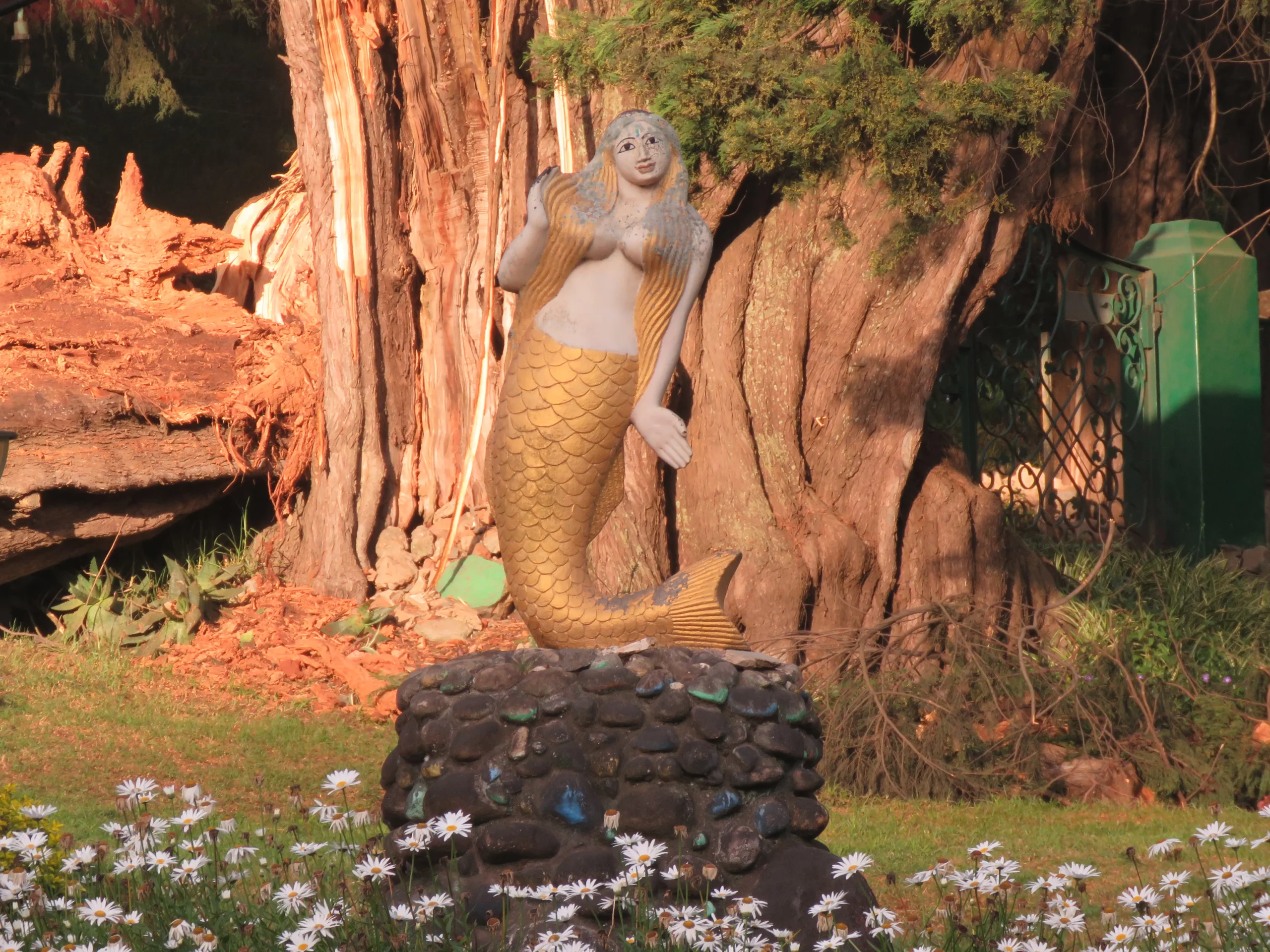
Festivals in Ooty are a significant aspect of its culture, showcasing the joyous spirit of Udhagamandalam. Some of the most notable festivals include Deepavali, Christmas, and the local Toda festivals. These celebrations bring together people from different backgrounds, emphasizing community bonds and shared heritage.
During these festivities, locals engage in vibrant traditions, which often include music, dance, and elaborate decorations. For example, during Deepavali, homes are adorned with oil lamps and colorful rangolis, while Christmas is celebrated with carols and community feasts. Each festival offers a glimpse into the heartwarming camaraderie of Ooty’s residents, showcasing their collective cultural richness.
3. Culinary Traditions: Taste the Authentic Flavors of Ooty
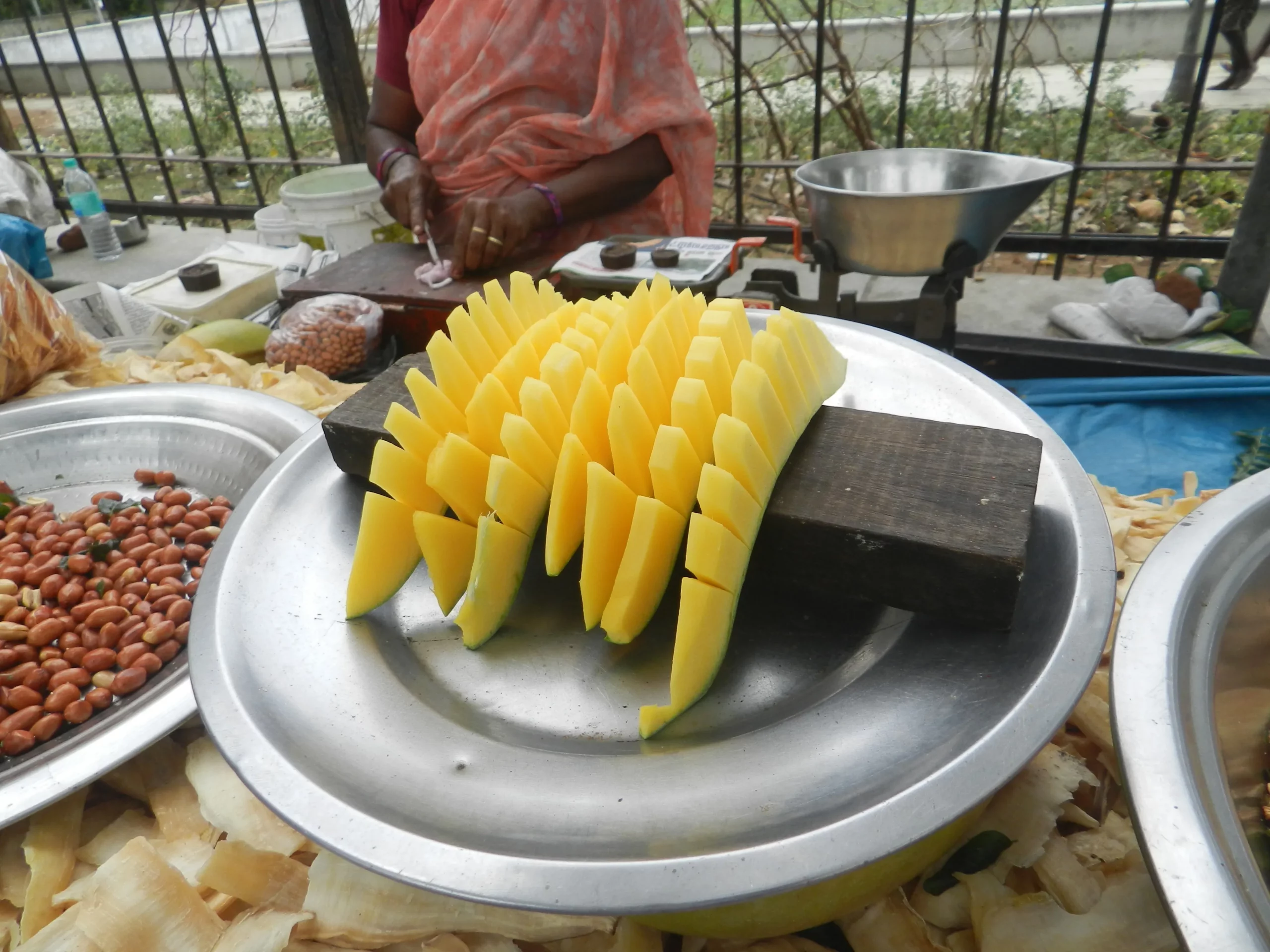
Culinary traditions in Ooty reflect the region’s culture through its unique flavors and cooking techniques. The food here is an amalgamation of indigenous ingredients and influences brought in by various communities. One must-try dish is Ooty’s homemade cheeses, crafted with local dairy products. Furthermore, the famous scotch eggs and vegetable biryani are popular among visitors, providing a taste of the area’s rich culinary heritage.
Additionally, the fresh produce from local farms enhances the dining experience, making it not only delicious but also authentic. As you savor these dishes, you’ll appreciate the depth of tradition that each one carries, allowing you to immerse yourself in the very essence of Ooty’s cultural landscape.
4. The Art of Toda: Exploring the Indigenous Tribe of Ooty
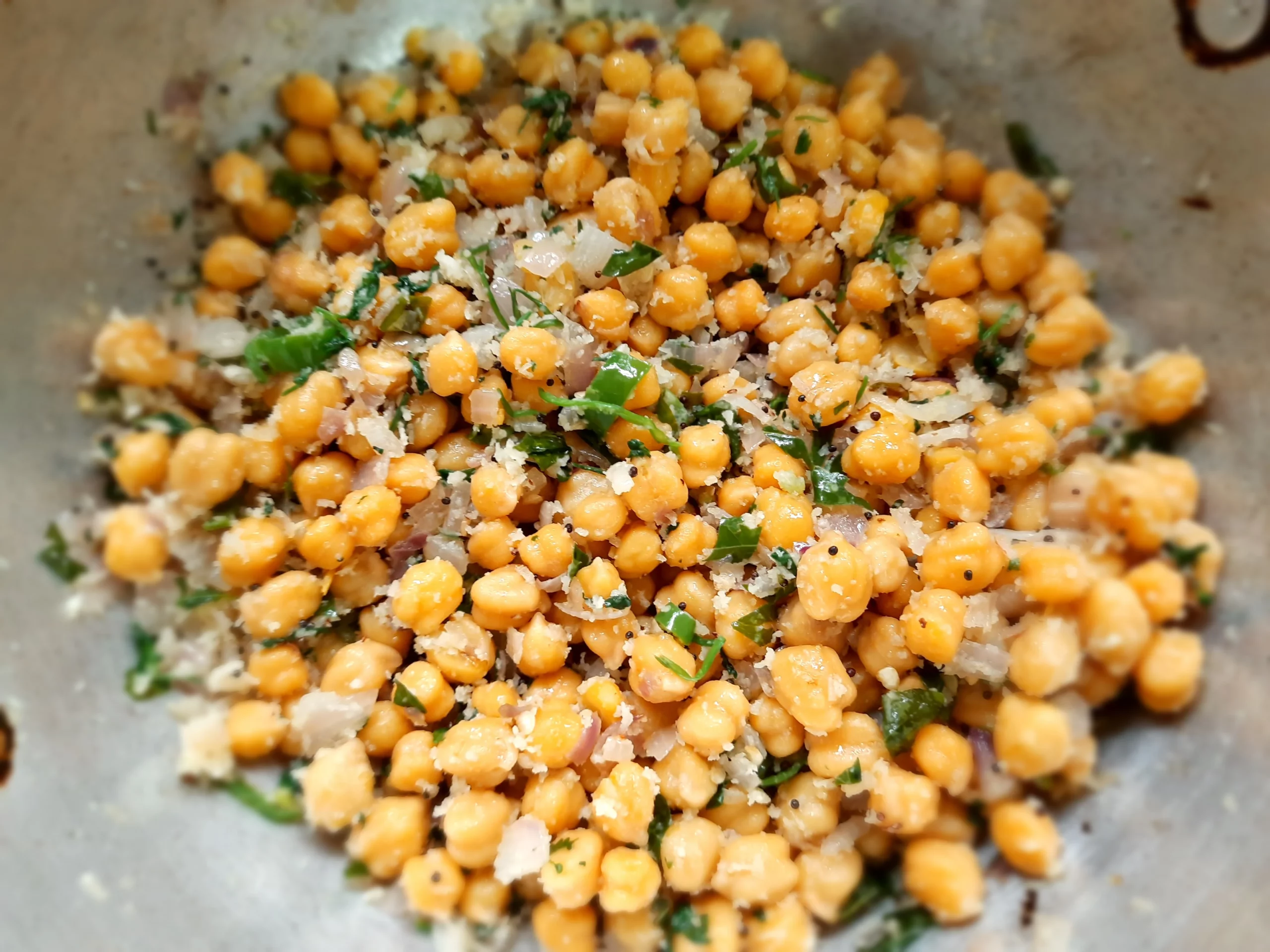
The Toda people are an indigenous tribe residing in the hills surrounding Ooty (Udhagamandalam). Their rich cultural practices offer a unique insight into the area’s heritage. Primarily known for their pastoral lifestyle, they have maintained their traditions despite modernization. One of the most striking aspects of Toda culture is their exquisite embroidery, which is not only visually appealing but also tells stories of their history and beliefs.
Additionally, the Todas are famed for their sacred rituals and intricate forms of art. For instance, their distinctive thatched huts contribute to their cultural identity and showcase their expertise in traditional architecture. Interestingly, the Todas’ connection to their land is profound, as they regard it as an integral part of their existence. Hence, understanding their way of life is essential for anyone wanting to experience the authentic Ooty culture.
5. The Role of Tea Plantations in Shaping Ooty Culture

Tea plantations play a significant role in shaping the culture of Ooty (Udhagamandalam). Established during the British colonial era, these lush green estates have not only defined the landscape but have also become a vital part of the local economy. The aromatic teas produced here are celebrated both domestically and internationally, reflecting the local craftsmanship and expertise. Visitors to Ooty often take a tour of these plantations to learn about the tea-making process, from picking the leaves to brewing the perfect cup.
Moreover, these plantations serve as a social hub for the community, bringing together people from different backgrounds. The cultural exchange that occurs in such settings enriches the overall ambiance of Ooty, making it a melting pot of tradition and modernity. It is an experience not to be missed when exploring the multifaceted Ooty culture.
6. Colonial Influence: Architectural Marvels Around Ooty
Ooty (Udhagamandalam) boasts numerous architectural marvels that highlight the lasting impact of colonial influence in the region. As a summer retreat for the British, Ooty features stunning structures that combine European styles with local elements. For instance, the St. Stephen’s Church, with its Gothic architecture, stands as one of the oldest churches in the Nilgiri hills, dating back to the mid-19th century.
Furthermore, the charming Ooty railway station, a UNESCO World Heritage site, represents colonial engineering brilliance. The quaint Bungalows built during the British era are not only picturesque but also provide insights into the lifestyle of that time. As you explore Ooty, these architectural gems tell stories of the past and reveal how colonialism has significantly shaped the culture and landscape of this beautiful hill station.
7. The Coexistence of Religions: Temples and Churches in Ooty
Ooty, also known as Udhagamandalam, thrives as a melting pot of various religions, showcasing a rich tapestry of cultural harmony. The presence of ornate temples and historical churches Highlights the diverse spirituality of this hill station. For instance, the St. Stephen’s Church, constructed in 1825, bears testament to the British influence and architectural beauty of the colonial era.
Meanwhile, the Mahajani Temple reflects the vibrant Hindu culture, attracting devotees and tourists alike with its intricate carvings and serene ambiance. This coexistence of religions fosters a spirit of respect and unity among locals, thereby enriching the overall Ooty culture. Moreover, exploring these sacred sites provides visitors with a deeper understanding of the area’s historical roots and contemporary practices.
8. Ooty’s Music and Dance: Traditional Expressions of Culture
The captivating music and dance forms of Ooty mirror the region’s rich cultural heritage. Traditional performances often feature the Toda tribe, whose dances are celebrated for their vibrant costumes and rhythmic beats. These dances not only entertain but also narrate stories of the local community and their connection to the land.
Furthermore, festivals in Ooty often showcase classical music, combining local instruments with contemporary melodies. Notably, cultural Events give visitors the opportunity to participate and experience Ooty’s musical heritage firsthand. This blend of tradition and modernity creates a lively atmosphere, ensuring that the heart of Ooty’s culture continues to beat strong.
9. Local Handicrafts: Bringing Home a Piece of Ooty
When visiting Ooty, engaging with local handicrafts is a must for any travel enthusiast. The artisanal creations encompass a wide range of items, including handmade shawls, wooden carvings, and vibrant paintings. Each piece reflects the skill and creativity of local artisans, offering an authentic glimpse into Ooty’s artistic culture.
For example, the charming market streets often feature stalls selling rosewood carvings and traditional Toda jewelry, which are perfect souvenirs for travelers. By supporting local craftsmen, you not only bring home a unique artifact but also help preserve the rich cultural heritage of Ooty. Therefore, make sure to set aside time to explore these bustling shops and immerse yourself in the artistic expressions of this beautiful hill station.
10. Nature’s Bounty: The Significance of Flora and Fauna in Ooty Culture
Insider Tip: Get the most out of your Ooty (Udhagamandalam) visit with guided tours!
Ooty, also known as Udhagamandalam, is renowned for its breathtaking landscapes and rich biodiversity. The region’s culture is deeply intertwined with its flora and fauna, which contribute significantly to the local identity. In fact, the stunning gardens and lush forests serve as an essential part of Ooty’s landscape.
Visitors can immerse themselves in nature by exploring the Botanical Gardens, which showcase a vast array of exotic plants and seasonal flowers. Additionally, the nearby Nilgiri Hills are home to unique species such as the Nilgiri Tahr and various endemic birds. These natural elements not only enhance the beauty of Ooty but also play a crucial role in the lives of its residents, who rely on them for sustenance and inspiration.
Moreover, local festivals often celebrate this connection to nature, emphasizing the importance of preserving the ecosystem. Consequently, the rich biodiversity in Ooty acts as a reminder of the harmonious balance between nature and culture.
11. The Influence of British Raj: Remnants in Modern Ooty
Recommendation: Don't miss out on amazing Ooty (Udhagamandalam) tours - book now!
The British Raj has left an indelible mark on Ooty, shaping its culture and heritage in various ways. As you stroll through the charming streets, you will notice colonial-style architecture, which reflects the town’s historical significance during the British rule. For instance, the iconic Ooty Lake and the Government Botanical Gardens are testaments to the British influence.
These Landmarks not only showcase the exquisite design aesthetics of that era but also serve as popular tourist attractions. Furthermore, the establishment of tea plantations during this period significantly transformed Ooty’s economy and culture. As a result, tea has become an integral part of local life, and traditional tea-tasting ceremonies are a delightful experience for visitors.
Thus, exploring Ooty today offers a fascinating glimpse into the fusion of colonial legacies and local traditions, creating a unique cultural tapestry.
12. Engaging with Locals: Ensuring an Authentic Ooty Experience
Tip: Discover the best Ooty (Udhagamandalam) experiences with Viator Tours!
To truly understand the rich culture of Ooty, engaging with the locals is essential. Residents are not just custodians of the Udhagamandalam culture but also share stories, traditions, and experiences that can enrich your visit. Start by visiting local markets, where you can interact with vendors and purchase handmade crafts, spices, and fresh produce.
Additionally, joining community Events or participating in workshops with local artisans can provide a unique perspective on Ooty’s traditions. This interaction creates an opportunity to learn about the customs and daily lives of the people in Ooty, which is vital for appreciating the cultural diversity of the region.
Furthermore, speaking with locals can lead to personalized recommendations that may not be in travel guides, such as hidden gems and local cuisine to try. Indeed, these authentic experiences are what make a visit to Ooty truly memorable.
13. Adventure and Leisure: Experiencing Culture Through Exploration
Recommendation: Don't miss out on amazing Ooty (Udhagamandalam) tours - book now!
Pro Tip: Book your Ooty (Udhagamandalam) adventures in advance through Viator for the best deals!
Ooty, or Udhagamandalam, is not only famous for its picturesque landscapes, but it also offers myriad adventure and leisure Activities that showcase its rich culture. Engaging in these experiences allows you to appreciate the traditional lifestyle while enjoying the stunning surroundings. For instance, trekking through the lush hills and forests reveals insights into local flora and fauna, blending adventure with cultural education.
Additionally, boating on Ooty Lake offers a serene experience where you can witness the beautiful backdrop and perhaps indulge in conversations with local fishermen. Strolling through botanical gardens also provides a glimpse into the region’s horticultural practices and artistic landscaping. Ultimately, these activities foster a deep understanding of Ooty’s culture while creating memorable Adventures.
14. The Impact of Tourism on Udhagamandalam Culture
Tip: Discover the best Ooty (Udhagamandalam) experiences with Viator Tours!
Tip: Discover the best Ooty (Udhagamandalam) experiences with Viator Tours!
Tourism has profoundly impacted Ooty’s cultural landscape, bringing both opportunities and challenges. While it has boosted the local economy and facilitated awareness of the region’s unique traditions, tourism can also threaten the authenticity of cultural practices. As visitors flock to Ooty, they contribute to the vibrant local scene, yet there is a risk of commercialization that may dilute the essence of local customs.
Consequently, many residents strive to preserve their heritage and traditions while embracing modern tourism. This delicate balance can be seen in festivals that incorporate both traditional elements and contemporary Events. It is crucial for tourists to be respectful and mindful of local culture, thereby ensuring a sustainable future for Udhagamandalam’s rich heritage.
15. The Future of Ooty Culture: Balancing Tradition and Modernity
Insider Tip: Get the most out of your Ooty (Udhagamandalam) visit with guided tours!
As Ooty faces the challenges posed by rapid modernization and tourism, the future of its culture remains a vital concern. The upcoming generation increasingly marries traditional norms with contemporary influences. For example, local artisans are adopting modern techniques to reinterpret traditional handicrafts, thus keeping their heritage alive while attracting a broader audience.
Moreover, initiatives to promote sustainable tourism can help protect Ooty’s cultural integrity. By prioritizing community engagement and valuing cultural diversity, both locals and visitors can play a crucial role in preserving the unique identity of Udhagamandalam. Ultimately, finding equilibrium between tradition and modernity is essential not only for cultural preservation but also for the future prosperity of Ooty.
Ooty culture, deeply woven into the fabric of Udhagamandalam, presents a unique blend of history, traditions, and the natural beauty of the Nilgiri Hills. From the colorful festivals to the delectable culinary experiences, the essence of Ooty is an enriching journey for every traveler. As you explore Ooty, immerse yourself in its culture and let the stories unfold. What part of Ooty culture are you most excited to experience? Share your thoughts in the comments below, and let’s celebrate the charm of this captivating hill station together.